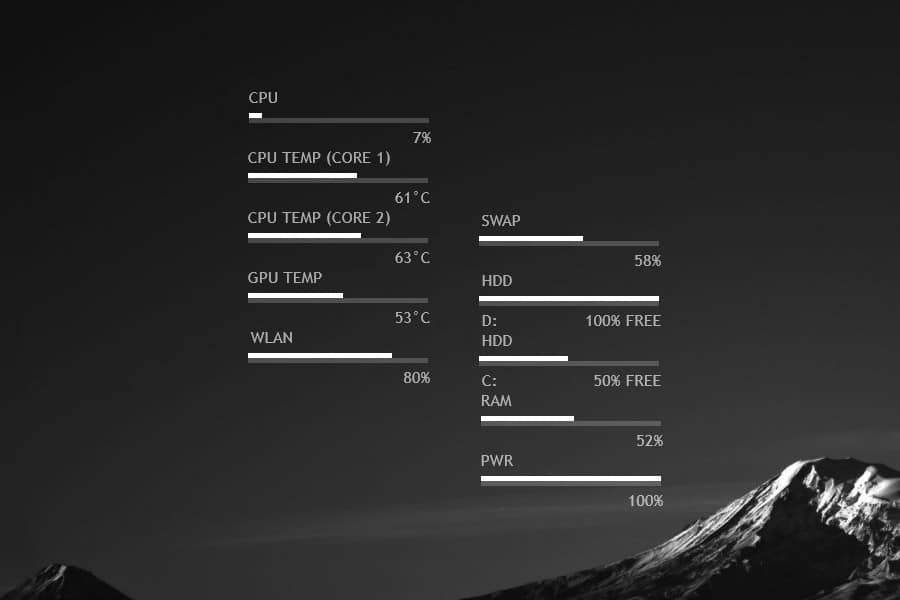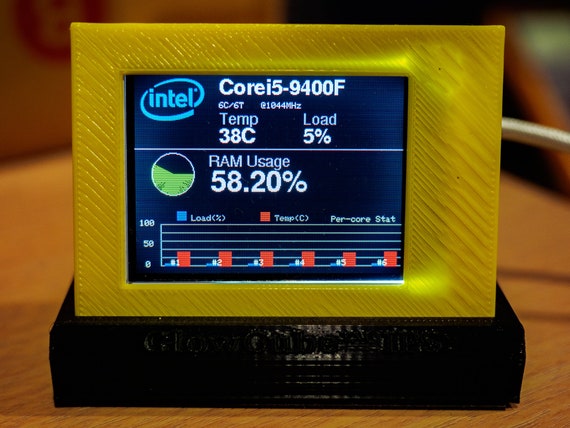

Besides this, the application also has access to the S.M.A.R.T feature.

It uses source code from Open Hardware Monitor and some added features like measuring voltages to the processor, CPU temperature, processor utilization, and clock speed. This is also where you can view the system restore and startup settings, as well as other recovery options. HWMonitor HWMonitor has a simple UI that can track all your system’s information. It should interrupt just before your typical boot and login procedures, and it will provide several advanced startup options. Your device will power down as usual and begin to restart. Scroll down to the Advanced startup heading and select the Restart now button.New OC Scanner for finding the best stable overclock.
#Best cpu temp monitor hardware update
The new sidebar should load alongside the Update & Recovery panel. Real-Time wattage monitoring (on supported EVGA graphics cards). You'd not see the others, including the spike to 70 unless running a graph.

HWInfo reads every 2 seconds, so you'd see a 60, 40, 50. Let's say over a 6 second period, the cpu actually had 50-60-70-40-50-50. Select the Recovery tab in the left sidebar. Ryzen master reads temps and averages every 3 seconds.Scroll down to the Update & Recovery tab at the bottom of the Windows Settings index.This will open a new index and search bar under the Windows Settings header. It should be just above the Taskbar icon and your PC’s shutdown options. Select the Settings button, indicated by a white gear icon.Open the Windows Taskbar at the lower left corner of your screen.It’s also important to remember that different methods may only apply to some users. In this procedure, you’ll rely on your device’s BIOS or UEFI (the contemporary equivalent of a BIOS interface) to check CPU temperature, as well as other hardware information and settings. First, let’s look at the DIY method for checking CPU temp on a Windows 10 computer.


 0 kommentar(er)
0 kommentar(er)
